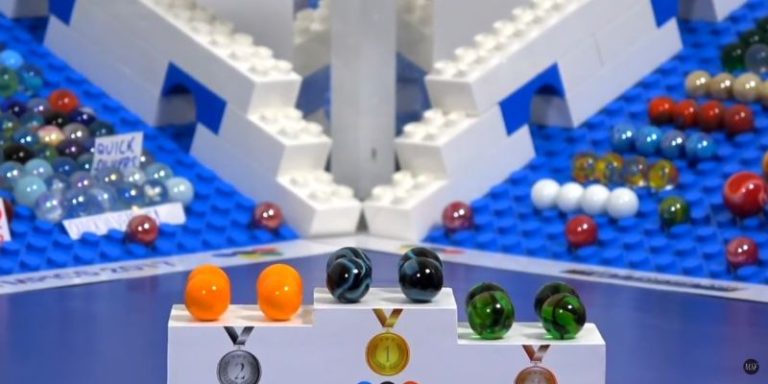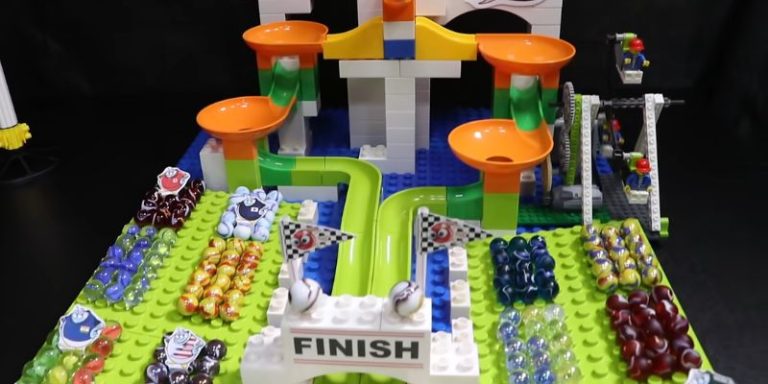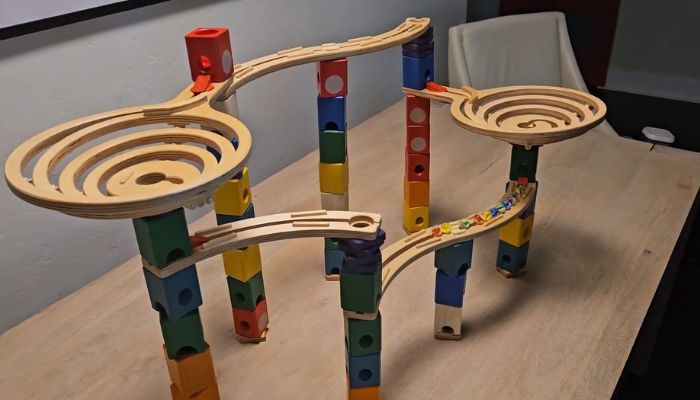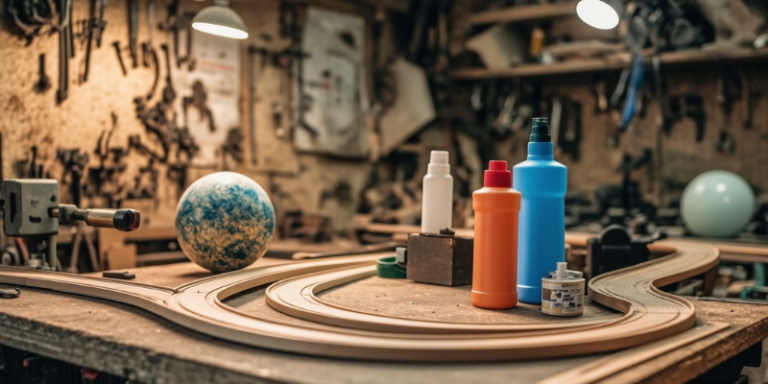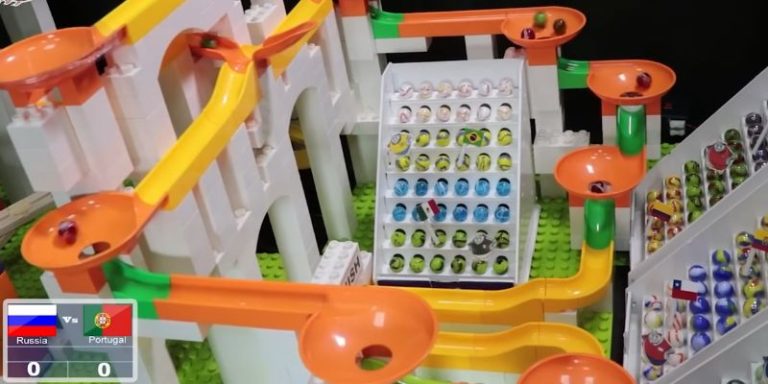What are marbles in marble racing? Key types and features
In marble racing, marbles are the racers that compete on specially designated tracks, navigating ramps, loops, and obstacles. But what are marbles in marble racing? They are the main participants, much like athletes in traditional sports, carefully selected for speed, balance, and performance.
These rolling competitors come in different sizes, materials, and designs, with most standard ones being 16 mm glass for smooth rolling and consistent movement. Some events even feature custom designs with unique colors and patterns, representing teams and themes to add excitement and personality to the competition.
Types of marble used in marble racing
Marble racing features a variety of marbles, each offering unique qualities that can affect performance on the track. From smooth glass to custom designs, let’s take a closer look at the most common types used on the track.
Standard glass marbles
Glass marbles are the most popular choice in marble racing. They offer smooth rolling, and consistent balance, and are compatible with most tracks, making them ideal for competitive play. Their lightweight design also makes them suitable for loops, ramps, and jumps.
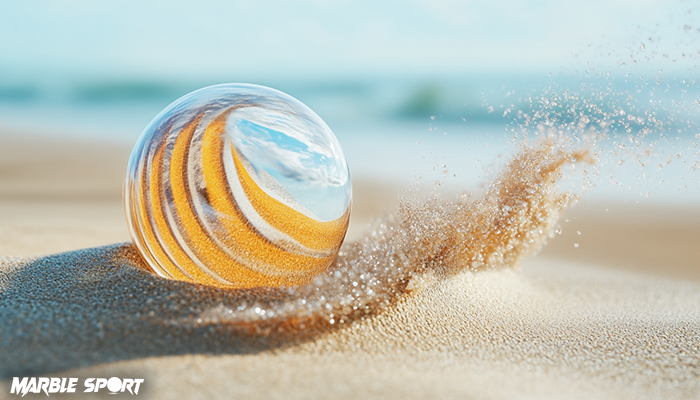
Metal marbles
Metal marbles are heavier, providing faster speeds and better stability. Their weight allows them to handle steeper slopes and maintain momentum, but they require reinforced tracks to prevent damage due to impact.
Because of their durability and precision, they are often used in advanced designs and professional setups.
Ceramic marbles
Ceramic marbles stand out for their eye-catching designs and smooth texture. They are lightweight and easy to handle, making them perfect for decorative tracks or casual racing events.
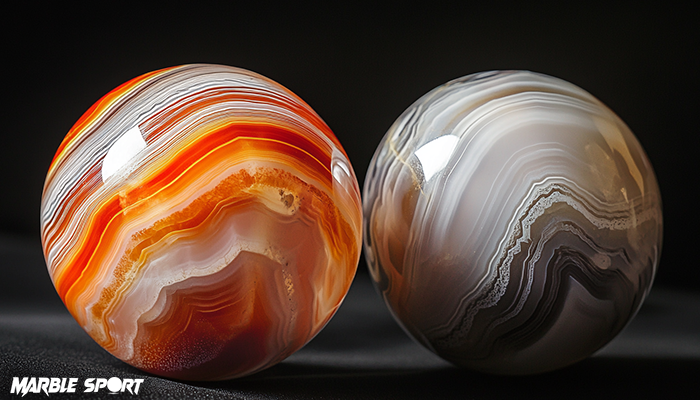
While they may lack the speed and durability of glass or metal marbles, their visual appeal often makes them a favorite in themed races or display pieces.
Custom marbles
Custom-designed marbles often feature unique colors, patterns, and themes to represent teams in races. These marbles add a personal touch and visual excitement to competitions, especially in professional events where teams have their own identities.
They can be made from various materials to match the track requirements or enhance performance features.
Author’s Insight: Choosing the right marble can impact performance and add a layer of strategy to races. Whether you’re going for speed, balance, or visual appeal, the type of marble you select plays a big role in how the race unfolds.
Sizes and features of racing marbles
Marbles used in marble racing are carefully selected not just for their design but also for their size, weight, and features. These factors affect speed, stability, and performance on the track. Let’s break down the key details:
Standard size (16 mm)
The most common size for racing marbles is 16 mm in diameter
This size is compatible with most tracks, ramps, and obstacles, ensuring smooth movement.
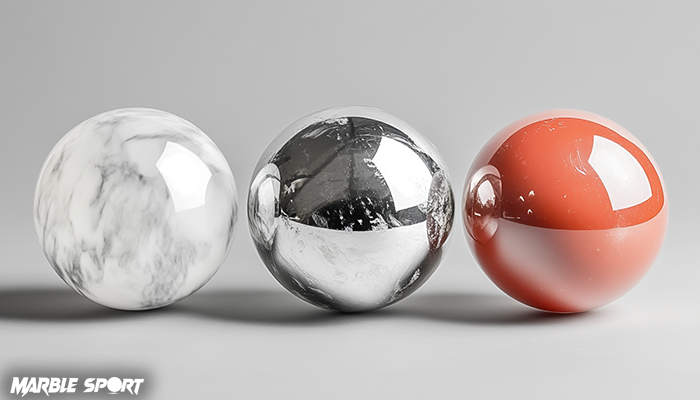
Its balanced weight provides a good mix of speed and control, making it ideal for competitive racing.
Many professional tournaments, like Marbula One, use this size as the standard food fairness and consistency.
Weight and balance
The weight of a marble plays a big role in how it performs
Heavier marbles (e.g., metal ones) maintain momentum and stability, especially on steep slopes.
Lighter marbles (e.g., glass or ceramic) may be more agile but can lose speed on long or steep tracks
Choosing the right weight depends on the track design and whether you need speed or precision.
Color patterns
Marbles are not just functional – they are also visually appealing.
Bright colors and patterns make it easy to identify teams during races.
Some feature swirls, stripes, or solid colors to represent specific teams or themes.
Custom designs allow teams to stand out and add personality to competitions.
FAQ about marbles in marble racing
What size are standard racing marbles?
Most competitive marbles are 16 mm, ideal for consistency and compatibility with tracks.
What are Marble League All Stars?
They’re top-performing marbles chosen from various teams based on past races.
How many marbles are in a marble run?
Usually 10–20, depending on the race format or event type.

